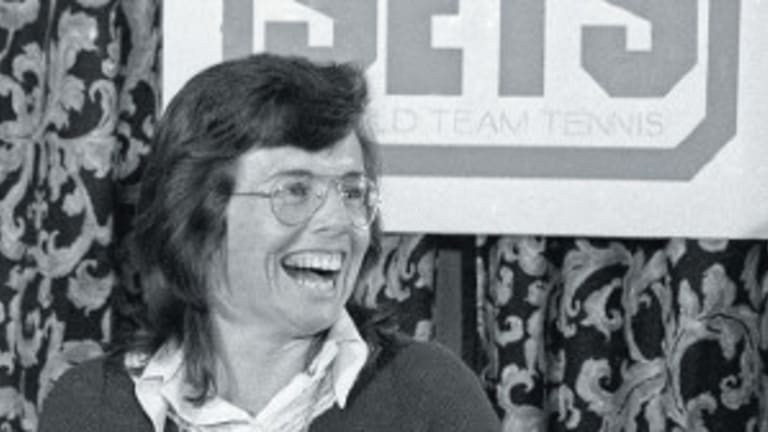This year marks the 50th anniversary of TENNIS Magazine's founding in 1965. To commemorate the occasion, we'll look back each Thursday at one of the 50 moments that have defined the last half-century in our sport.
1974: The World Team Tennis experiment begins
By Apr 23, 2015United Cup
"I miss those days": Iga Swiatek reflects on underdog career phase
By Jan 07, 2026Style Points
First Look: New Balance goes global with 2026 Australian Open collection
By Jan 06, 2026United Cup
United Cup, Day 6 Preview: Iga Swiatek bids for final berth as group play concludes
By Jan 06, 2026United Cup
Emma Raducanu talks foot injury after 2026 debut at United Cup
By Jan 06, 2026WTA Brisbane, Australia
Aryna Sabalenka dominates Bucsa at Brisbane International, eyes Australian Open
By Jan 06, 2026Brisbane, Australia
Brisbane: Aleksandar Kovacevic sinks Nick Kyrgios in winning debut with coach David Witt
By Jan 06, 2026Australian Open
Australian Open prize money hits record high
By Jan 06, 2026WTA Auckland, New Zealand
Venus Williams' level impresses Magda Linette after Auckland fifth seed pushed to decider
By Jan 06, 2026ATP Challenger Tour
Alexander Blockx, Justin Engel look to follow in Fonseca's footsteps at Canberra Challenger
By Jan 06, 20261974: The World Team Tennis experiment begins
A look back at the wild 70s ride of World Team Tennis, which was
Published Apr 23, 2015
Advertising
Advertising

1974: The World Team Tennis experiment begins